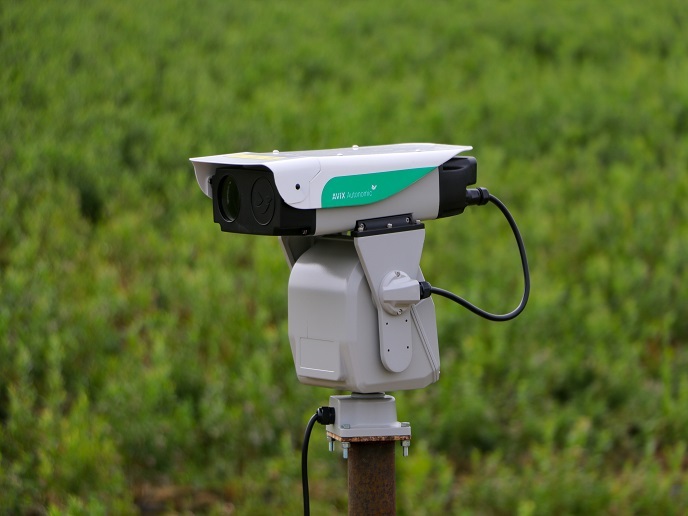Accurate satellite measurements of greenhouse gases
Existing optical instruments for measuring atmospheric gases are based on bulky solid-state lasers. The EU-funded BRITESPACE (High brightness semiconductor laser sources for space applications in Earth observation) project was launched to demonstrate the suitability of all-semiconductor lasers to be used as space-borne laser transmitters. Researchers developed such semiconductor lasers emitting at two different wavelengths between 1 500 and 1 600 nm for satellite light detection and ranging (LIDAR) measurements. With their compact size and high level of reliability, these high-brightness laser sources offer significant advantages over other laser sources. The BRITESPACE systems consist of a commercially available laser as the transmitter and optoelectrical elements for signal detection (integrating sphere, photon counting detector, filter and guide laser for alignments). These can be used as the transmitter unit of a LIDAR system enabling measurements of carbon dioxide (CO2) in the atmosphere. The parametric studies conducted promise a relatively high level of sensitivity for CO2 measurements from both a space-borne and a ground-based platform. However, theoretical modelling and dynamic simulations revealed that the performance of the proposed LIDAR system suffers from ambient light noise and noise from the detector dark counts. BRITESPACE work has enhanced our knowledge of semiconductor lasers and successfully addressed issues surrounding the detection of CO2 for future Earth observation space missions. Advanced LIDAR technology enabling reliable monitoring of key greenhouse gases in the atmosphere will help in the struggle against global warming.
Keywords
Greenhouse gases, laser sources, BRITESPACE, LIDAR, carbon dioxide







